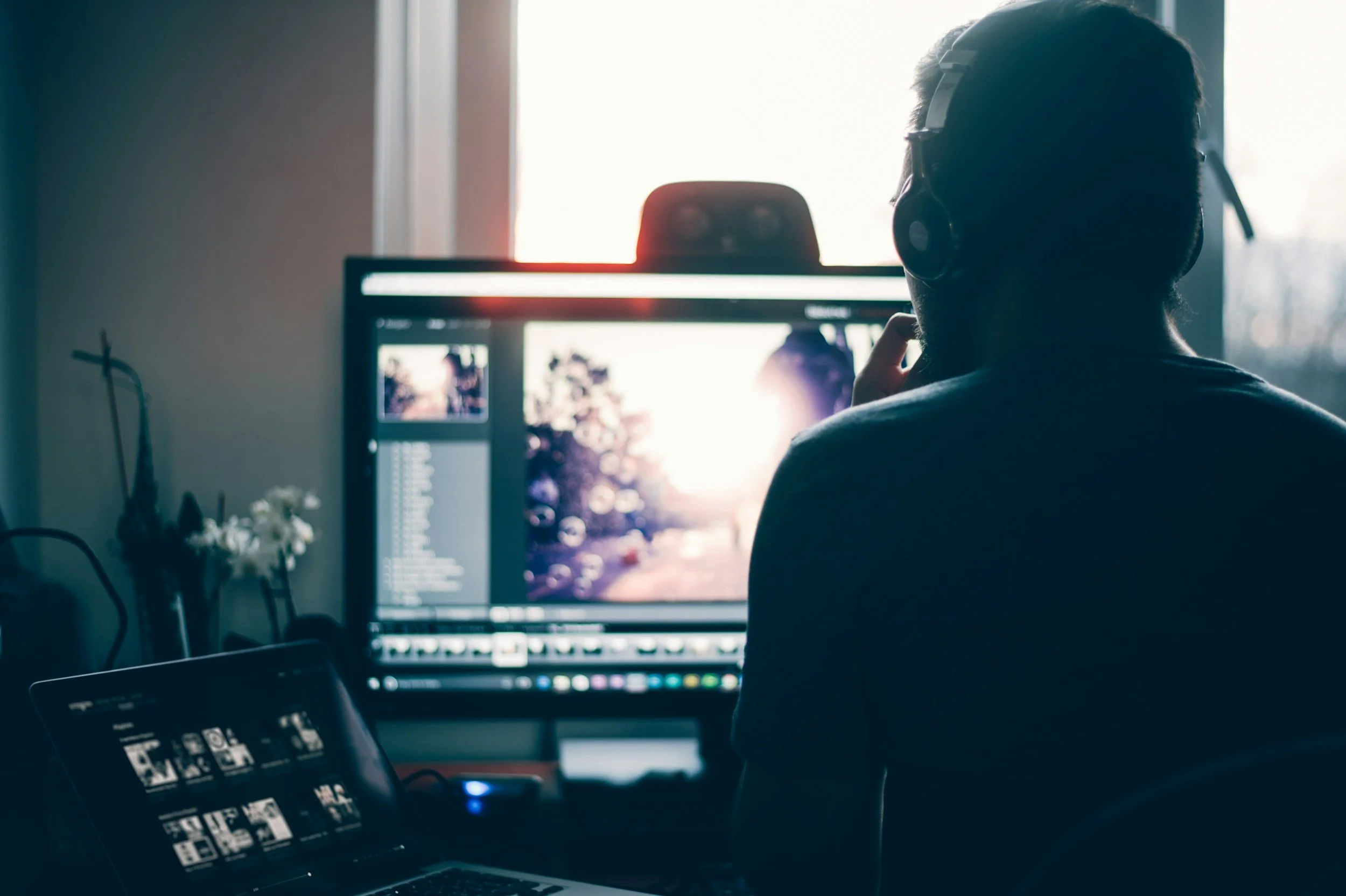Why Those Presets You’re Buying Aren’t Working
I’ve done it too.
I’ve looked at those beautiful before-and-after photos plastered across the internet and thought, That’s it. That’s the look I’ve been missing.
So, I buy the preset. I install it. I apply it.
And then... disappointment. My photo looks nothing like the example image.
Let’s talk about why that happens.
First — There Is No One-Click Fix
Every photo is different.
Light, color, exposure, white balance, and even your camera’s sensor all affect how a preset behaves. That’s why the exact same preset can look perfect on one image and completely off on another — too orange, too muddy, too flat.
Here’s the technical reason:
Presets are just a series of saved adjustments — they control things like exposure, tone curve, contrast, color calibration, and luminance. But those values are built on the lighting conditions, camera profile, and white balance of the creator’simage, not yours.
So when you apply their preset, it’s like trying to wear someone else’s prescription glasses — you might see a little better, but it’s never going to fit quite right.
Second — The Camera and Light Matter More
Even if two photographers shoot in the same location, different cameras read color and light differently.
A Canon file won’t interpret warmth the same way as a Sony or Nikon.
Indoor lighting adds yellow, shade adds blue — and a preset can’t “guess” which one you meant to keep.
Look at your image and start with the basics:
Is it too dark?
Start by lifting the shadows and pulling up the blacks just a bit. Then adjust your exposure until it feels natural.Is it too light?
Bring your highlights down slightly (you don’t want to lose them completely), and then lower your exposure until the image has depth again.
From there, adjust your warmth, contrast, haze, and curves — all the elements that actually shape the tone and feeling of your image.
Third — Learn to Edit With Intention
Presets can be helpful tools, but they’re no substitute for understanding how to edit your own work.
Learning to read your histogram, balance skin tones, and build contrast intentionally will give you control that a preset never can.
Once you know how to edit, you’ll probably use fewer presets — or even start creating your own that truly fit your work.
The Bottom Line
There’s nothing wrong with using presets. They can save time and help you develop consistency.
But they’re not magic, and they’re not a shortcut to skill.
The best thing you can invest in isn’t another pack of downloads — it’s the knowledge of how to make any photo look the way you want it to.
If you’re tired of guessing why your edits don’t look like the example photo, it’s time to learn the “why” behind it all.
That’s exactly what I teach in my mentorships — how to understand light, edit confidently, and create a style that’s truly your own.

